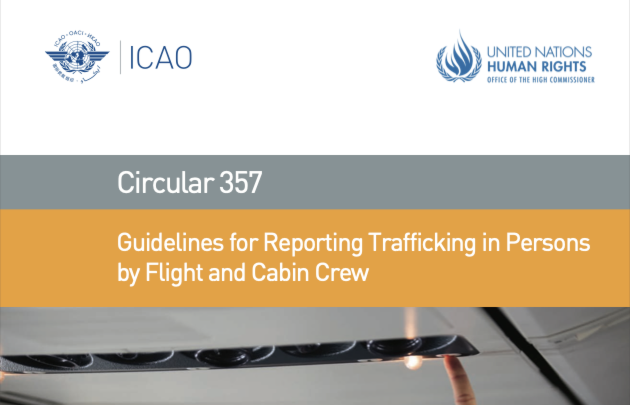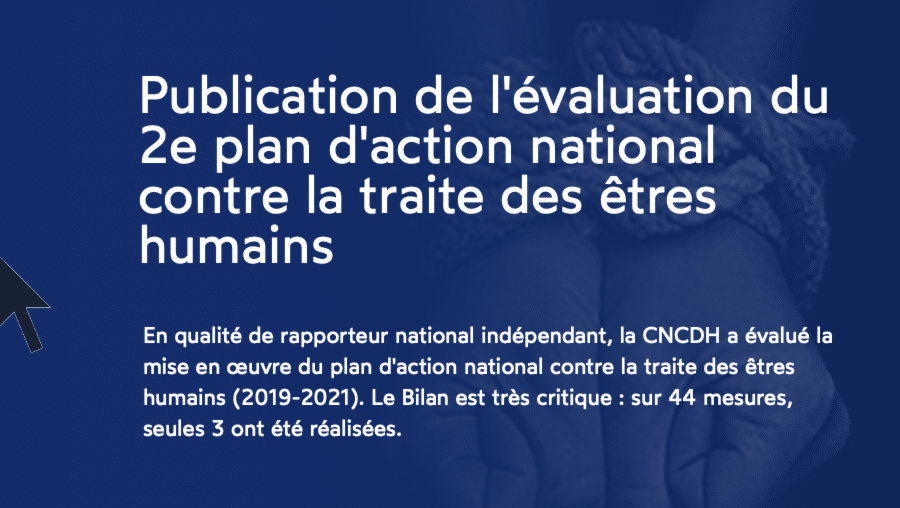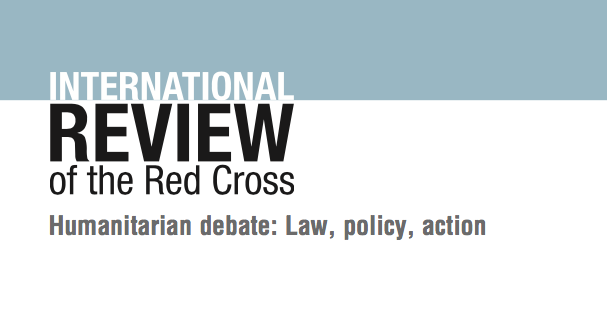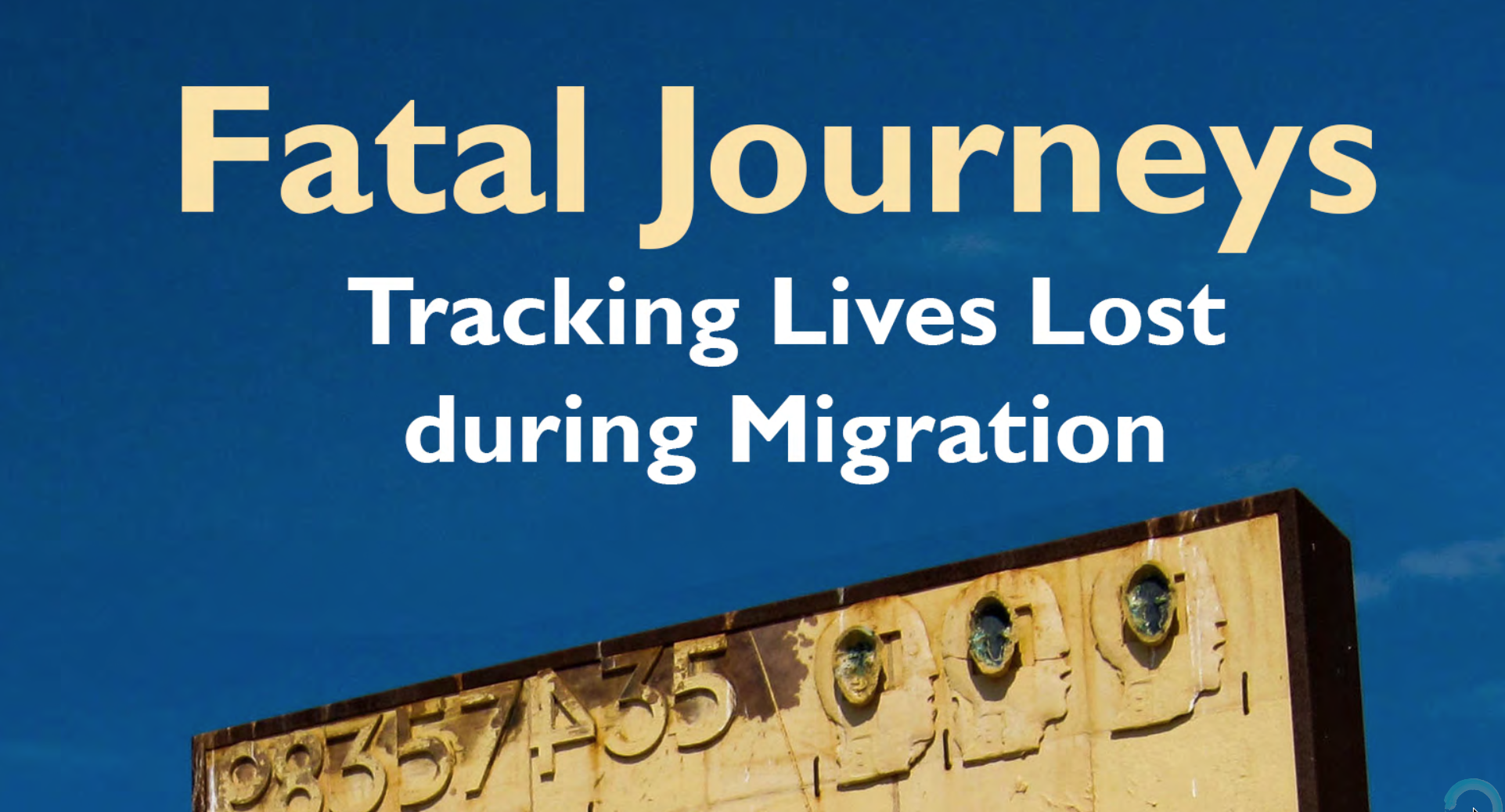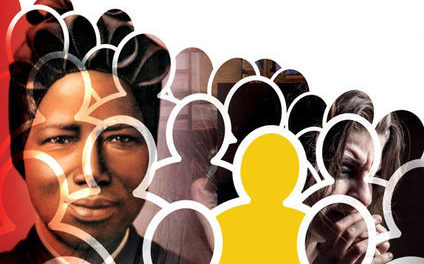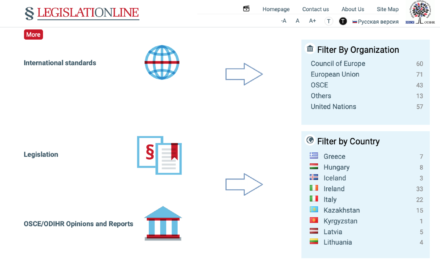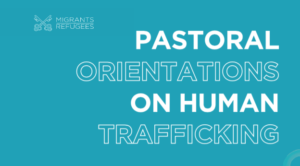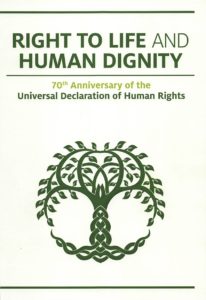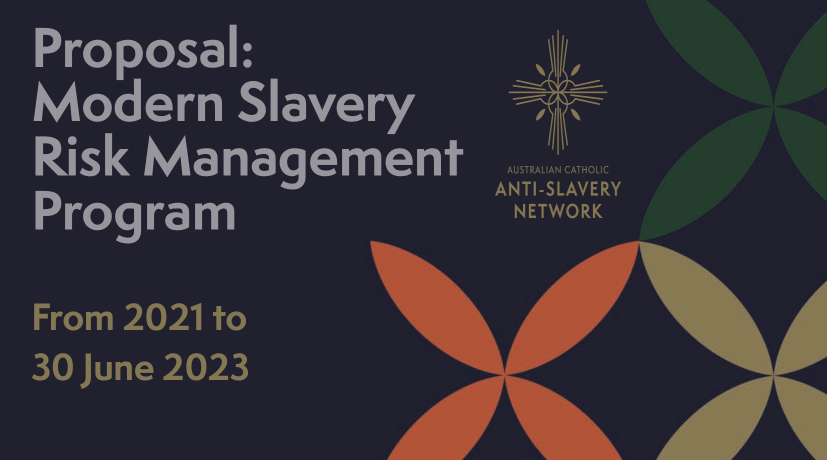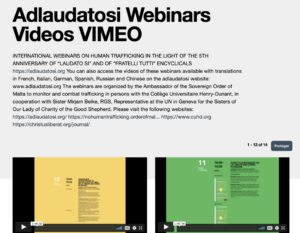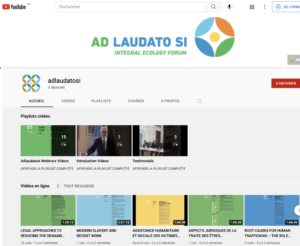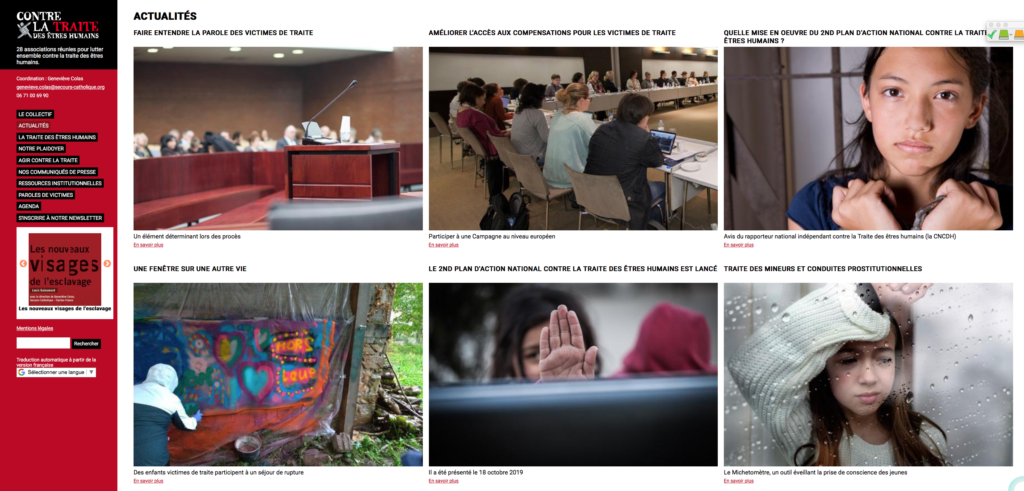ICAO worked in collaboration with OHCHR to develop the present reporting guidance, Guidelines for Reporting Trafficking in Persons by Flight and Cabin Crew (Circular 357). This circular is intended to assist States, their law enforcement authorities and operators in managing crew reports of suspected cases of trafficking in persons in aviation. These guidelines should be used in conjunction with Circular 352, which can be found on the ICAO website at www.icao.int/cabinsafety.
1.1.1 Trafficking in persons refers to the process through which individuals are placed or maintained in an exploitative situation for economic gain. Trafficking is a lucrative, worldwide criminal activity and can occur within a State or may involve movement across borders. Women, men and children are trafficked for a range of purposes: slavery-like practices, including forced labour in factories, farms and private households; organ removal; sexual exploitation; and forced marriage. No State, operator1 or route is beyond the reach of trafficking in persons, regardless of geographical location or a State’s level of economic development.
1.1.2 Aviation is one of the modes of transportation utilized by traffickers. It is the responsibility of States, through their law enforcement authorities (i.e. airport police or other entity competent to exercise criminal jurisdiction in accordance with national law), immigration and asylum authorities, and operators to ensure that traffickers do not misuse the aviation industry to deny the freedom of others. Cabin crew members are in a unique situation where they can observe passengers over a certain period of time, thus allowing them to use their skills of observation to identify a potential victim of trafficking and they are well placed to report any suspicions to the flight crew and to the relevant State authorities. Information from crew reports assists States and operators to identify and respond to cases of trafficking in persons. Therefore, all operators should provide training on identifying and responding to trafficking in persons, including training on correct reporting procedures for their cabin crew members, flight crew members and other personnel in direct contact with the travelling public. The Office of the United Nations High Commissioner for Human Rights (OHCHR) and the International Civil Aviation Organization (ICAO), recognizing the important role aviation plays in combating trafficking in persons, worked in collaboration to develop the Guidelines for Training Cabin Crew on Identifying and Responding to Trafficking in Persons (Circular 352).
1.1.3 States should take measures to ensure that procedures are in place to combat trafficking in persons in aviation, including clear reporting systems and relevant competent authorities’ points of contact for airport and aircraft operators’ personnel. The implementation of a simplified and standardized reporting procedure benefits both States and operators, in uniting forces and working together to combat trafficking in persons.
 Loading…
Loading…

